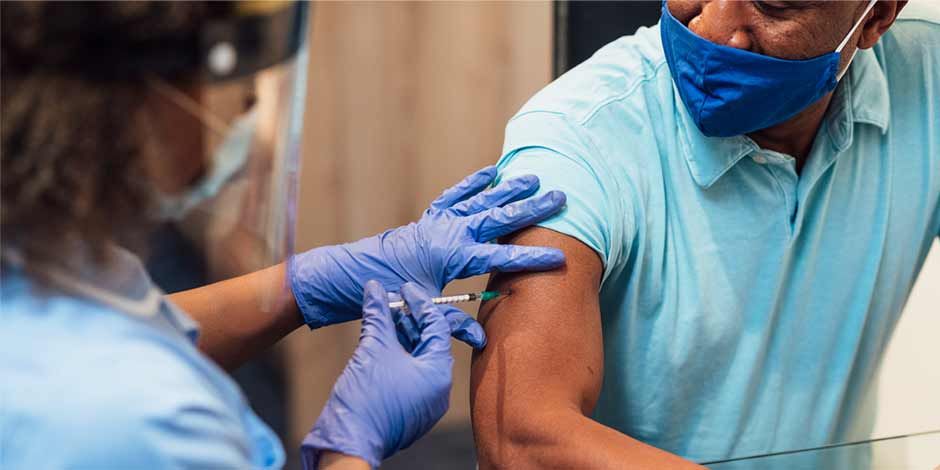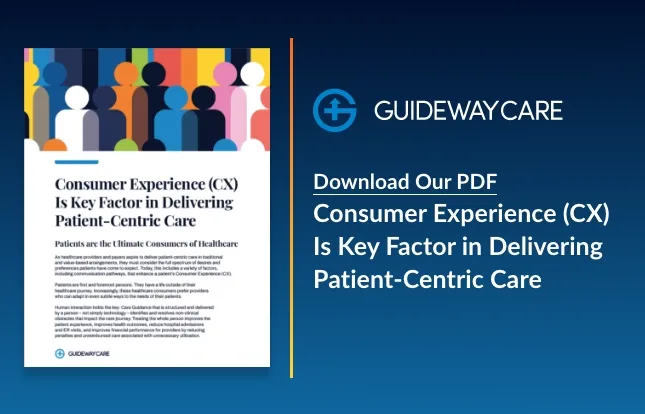The COVID-19 Vaccine Is Available—Now What?

With the COVID-19 vaccine roll out intensifying, the hard work of getting vaccines to patients is left, in large part, to providers.
The complexity of the task is just like the pandemic–unprecedented. Providers, who are already strained with spikes in COVID-19 patients, lower rates of elective procedures, and staff shortages, are asked to: help dispel misinformation about the vaccine, stay up-to-date on State rollout plans, manage appointment scheduling and follow up, and stop the waste of the vaccine.
Patients are looking to their personal doctors and clinicians for guidance on the COVID-19 vaccine. In a recent Harris Poll, 87 percent of patients surveyed reported that they want vaccine information directly from their healthcare providers. But the available communication tools are limited. Up to 45 percent of patients ages 50 and older don’t have a patient portal, making outreach difficult for one of the more vulnerable population segments.
As a result of the confusion, lack of clarity, and competing narratives, vaccine administration is hitting major setbacks. Providers are reporting that up to 10% of patients who scheduled a vaccination appointment failed to show up. And while providers try to use every drop of the vaccine, many are scrambling to fill the voids created by no-show appointments. Some are able to tap into waitlists and patients with the flexibility to come to the office at a moment’s notice, but there are still instances where open vials are thrown out because they are no longer usable.
Helping providers manage communications, reduce no-shows, and lower demands on overtaxed resources requires a combination of technology and experience that can quickly adjust to nuances within a patient population. We know that clear communication is key to improving COVID-19 vaccination rates. Concise direction drives up the likelihood of immunization while keeping patient satisfaction intact. And that communication needs to be patient-centric, timely, and delivered in a way that meets the patient where they are (rather than ask them to access the provider’s web page or portal).
COVID-19 vaccination communications span four objectives/activities:
- Education and awareness: deliver broadcast messaging on vaccine availability, how to schedule an appointment, and education about the vaccine
- Initial Appointment Setting (First Dose): send appointment reminders, deliver wayfinding communications to help patients get to their appointment, and easily connect with patients on a vaccine waiting list when time slots become available
- Follow-up Appointment Setting (Second Dose): ensure that patients show up for their second dose, deliver additional appointment reminders, and provide additional education when needed
- Avoiding Anxiety and ED Utilization: deliver post-appointment education on normal side effects and when they should be concerned. Reduce avoidable ED utilization and patient anxiety
In addition to technology, non-clinical care guides can help connect with patients to ensure understanding, address misunderstandings, and drive down the likelihood of a no-show.
COVID-19 vaccine distribution is a complex challenge that requires patient-focused, direct, timely, and continuous communication. Technology will help, but it cannot replace the need for human connection and a trusted provider’s voice.
Contact Us Today To Learn How We Can Help
"*" indicates required fields




